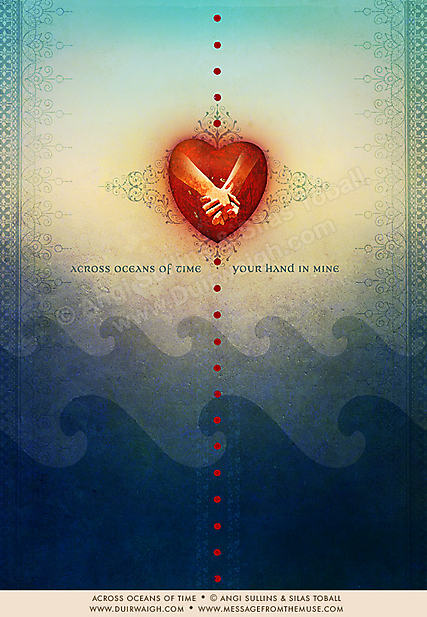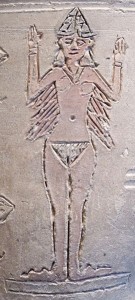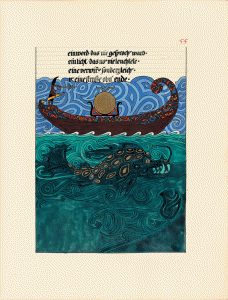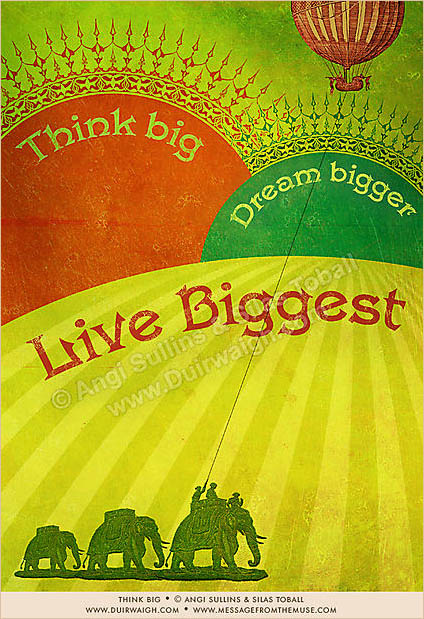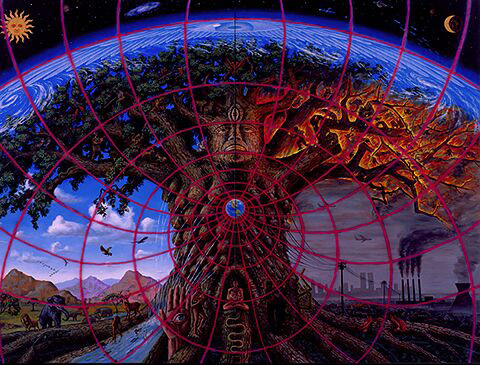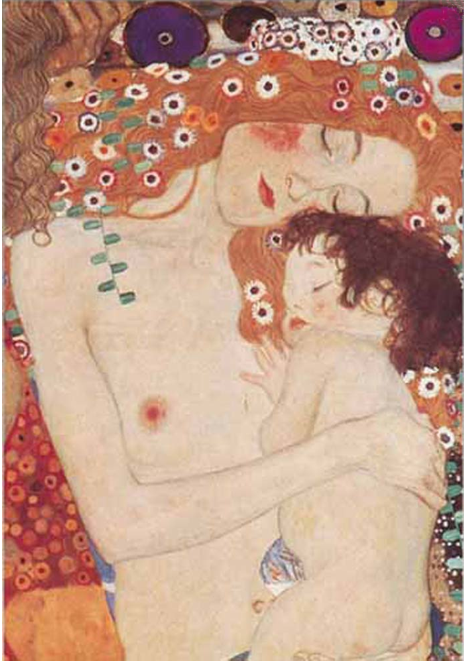
Mother and Child, Gustav Klimt, 1905
For those of you who may be wondering why this blog has come to a standstill, I want you to know that I am alive and well and actively engaged in birthing my first work of fiction. When I started writing my book, I told myself that it would require all of my attention. But I also promised myself (and one or two of my faithful readers) that every once in awhile, I would take a break and generate another post. Obviously, that hasn’t happened––until now. With Valentine’s Day approaching, I’ve decided to share an unconventional love story that’s been nagging at me for a long time.
When my mother died I had no reason to believe that I would ever hear from her again. We’d never been especially close, but after my father died, our relationship deepened. As an only child, I knew that someday I would be solely responsible for her care. And when that day came, it brought many challenges, not the least of which was logistics because my mother was living in Phoenix and I was in San Francisco.
After the onset of her dementia, my mother wisely encouraged me to help her set up everything from Power of Attorney to a Living Will so that everything would be in place when the end came. I was supposed to be taking care of her, but she was still taking care of me. Over the next ten years, her dementia gradually shifted into full-blown Alzheimer’s, and the day came when it was clear that she could no longer live alone. She, however, had other ideas. Despite nightly hallucinations (every night a band of delinquent boys raided her refrigerator leaving her nothing to eat) she insisted that she wanted to stay in her mobile home. There were daily phone calls during which she would rant and rave about those #*! boys and tell me about her children. Toward the end, she was convinced there were three of us. And then there were the trips to the bank. When she was still driving, she’d take herself to the nearest branch and withdraw a goodly sum that ranged from $200.00 – $600.00 depending on her mood, bring it home and hide it.
Eventually, I was successful in moving her into an Alzheimer’s facility. This was not a happy day for her, but she came to appreciate her new surroundings. I was relieved that she was well cared for, and she seemed to thrive in the company of others who were suffering from various degrees of the same illness. We still talked nearly every day and she often thanked me for all I’d done for her. Her expression of gratitude meant a lot to me because this was one of, if not the most difficult and stressful periods of my life. As much as I loved my mother and appreciated all she’d done for me, I often felt that she was sucking my life away.
Toward the end, she began pleading with me to come see her. A dear friend told me I should go–I would regret it if I didn’t–but I put it off. I told myself that I couldn’t get away because I was running a business, but the truth was I simply didn’t want to make another trip. When I finally made arrangements to go, it was all but too late. My mother had a stroke the day before I was to leave.
She was in hospice when I arrived. Up until the stroke, as confused as she was about most things, she always knew me. Now, she appeared not to recognize me. The stroke had made her ability to communicate nearly impossible. But reading her body language as she sat in her wheel chair refusing to look at me and leaning as far away from me as possible, I sensed that she knew who I was and she was angry. I could feel her thinking: Now you’ve come. After all the times I asked you to come, you come when it’s too late. And it did seem that way. No matter what I did or said, I couldn’t reach her. When I tried to hold her hands, she pulled them away. My mother was gone and in her place was a vengeful stranger.
I stayed with her for two days, but she never looked at me. As far as she was concerned, I wasn’t there at all. Before I left, the doctors told me that she was doing well and that she would be moving back to her cottage in a day or two. But that didn’t happen. The day after I returned home, she had another stroke and she was gone.
And then before I had a chance to absorb the news, the most extraordinary thing happened. Shortly after that call came, I began hearing a song in my head – a song I hadn’t heard nor thought about for decades. And the melody and lyrics ran through my mind over and over for three days:
*. . . I give to you and you give to me
True love, true love
So on and on it will always be
True love, true love.
I didn’t get all of the lyrics at first, but when the last stanza came through, I knew my mother had sent me the song:
For you and I have a guardian angel
On high with nothing to do
But to give to you and to give to me
Love forever, true.
And I knew that she had forgiven me for not being with her in her final moments, and that nothing else mattered now but our enduring love for each other.
*True Love, written by Cole Porter and performed by Bing Crosby and Grace Kelly in the movie High Society.
** For a touching journey that explores the challenges of caring for a parent with Alzheimer’s, I highly recommend Nancy Gerber’s book, My Mother’s Keeper. Her previous book, Losing a Life, A Daughter’s Memoir of Caregiving, is equally moving and an excellent resource for caregivers and families of stroke survivors.

